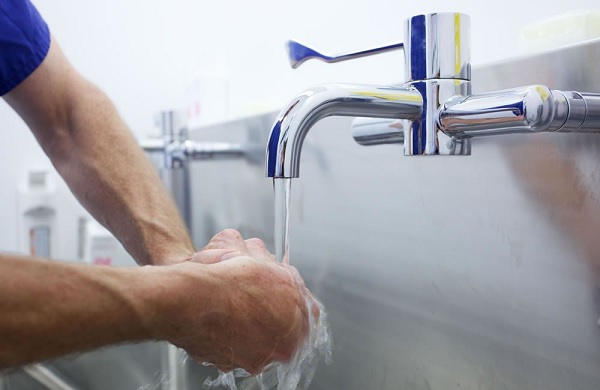Achieving high water quality in healthcare settings is vital in terms of patient and staff safety, with water quality standards such as the AAMI ST108 providing essential guidelines for maintaining safe, clean systems. Unfortunately, however, hospitals face difficulty upholding such regulations, often placing patient safety at risk in doing so.
Understanding Water Quality Standards
Water quality standards establish parameters for the safe use of water in healthcare environments, with the intent of mitigating risks from pathogens or contaminants found in drinking water supplies that could pose potential threats to public health. For instance, the AAMI ST108 standard specifically addresses healthcare facility management of their water systems by emphasizing regular testing and monitoring by healthcare workers to ensure their drinking water remains free from contaminants that pose threats and is safe to consume and use.
Adherence to these standards helps healthcare facilities protect patients, staff, and visitors; however, modern healthcare environments often make maintaining compliance difficult.
Common Challenges In Maintaining Water Quality
1. Complexity of Water Systems
Modern healthcare facilities typically employ complex water systems designed to serve various departments and functions within an institution, including drinking, medical procedure, and cleaning water sources each with different quality requirements and management processes, making it challenging to effectively oversee quality in each supply of water. This makes monitoring water quality difficult.
Further complicating matters, contamination from various sources increases with system complexity. Aging infrastructure, environmental conditions, and even human error may all pose potential threats to water quality, making it all the more essential that facilities maintain strict control in managing their operations efforts.
2. Regular Maintenance and Compliance Issues
Regular maintenance is crucial to ensure water systems meet safety standards. Frequent checks and maintenance schedules allow healthcare facilities to identify any potential issues before they turn into major concerns; unfortunately, however, staff limitations or insufficient resources often impede this aspect of service provision.
Compliance with AAMI ST108 can be challenging for larger institutions with multiple departments that each have differing water quality needs, particularly those without adequate training or awareness on compliance issues, leading to inconsistency across water management practices across their facility.
3. Resource Constraints
Financial and staffing limitations can have a devastating impact on a healthcare facility’s ability to maintain high water quality standards. Budget cuts mean less money is available for routine maintenance, staff training sessions, upgrades of systems, or system replacement costs.
Healthcare facilities that do not allocate enough money for water quality management practices risk jeopardizing patient and staff safety, underscoring why healthcare administrators must prioritize water quality management while allocating sufficient funds.
4. Training and Awareness
A lack of staff training and awareness can further exacerbate efforts to maintain water quality. All those involved with managing the watersheds need to understand the best practices outlined by AAMI ST108 guidelines; unfortunately, many healthcare facilities don’t offer regular update programs to educate staff about the latest standards and practices.
Lack of awareness among staff members about water quality management and maintenance may result in inconsistency and lead to higher risks of contamination for healthcare facilities. Education on staff roles related to maintaining water quality should also be prioritized for maximum efficacy in healthcare environments.
Strategies For Overcoming Challenges In Water Quality Maintenance
Healthcare facilities can utilize various strategies to strengthen their water quality management practices:
1. Regular Training Programs
The importance of investing in regular staff training programs cannot be understated when it comes to maintaining high water quality standards. Ongoing education ensures all employees understand their responsibilities and the significance of adhering to established guidelines – creating an awareness culture within healthcare facilities is the best way to boost compliance and overall water management strategies.
2. Investment in Technology
Technology investments can play a pivotal role in managing water quality. Facilities may benefit from installing real-time monitoring systems to track parameters like temperature and pH levels in real time – these provide near-instantaneous feedback on quality issues so staff can act immediately to address problems if any arise.
3. Integral Maintenance Approaches
To maintain water quality in healthcare facilities, creating an integrated maintenance approach plan is vitally important. Healthcare facilities should devise a maintenance schedule that includes routine checks, regular maintenance work, and compliance assessments as part of their overall management strategy to guarantee their water systems continue to conform with safety standards.
Conclusion
Maintaining high water quality standards within healthcare facilities can be a complex yet critical undertaking, due to complex water systems, resource limitations, and training gaps that impede compliance with established guidelines such as AAMI ST108. Prioritizing compliance and actively tackling challenges may assist healthcare facilities with protecting patient and staff health and safety.



